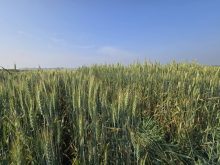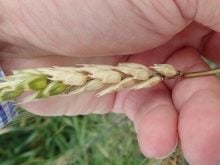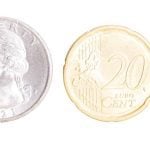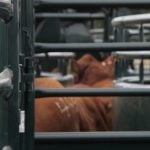The federal decision in 2009 to axe kernel visual distinguishability as a requirement for registering wheat varieties in Canada prompted lots of frowns among grain handlers and farmers.
But at least one plant breeder is smiling.
Anita Brlé-Babel, a winter wheat breeder from the University of Manitoba, received approval from the Prairie Wheat, Rye and Triticale Registration Recommending Committee for a variety that almost certainly would have been rejected under the previous criteria.
In the past, new wheat varieties had to be visually consistent with the other varieties in their class in order to be approved for registration. The elimination of KVD has meant farmers must identify their wheat at delivery and grain elevators need to have protocols in place to verify that wheat’s identity to avoid cross-contamination between classes.
Read Also

Manitoba trials work toward drone spraying approvals
Canada’s PMRA says pesticides need drone-specific labels before drone spraying can take off; Manitoba crop trials are adding data towards that approvals process.
But its existence was also criticized for blocking the introduction of potentially useful varieties for Prairie farmers that couldn’t meet the KVD requirements.
Brlé-Babel’s vari – ety, identified in trials as DH00W3N*34, was initially brought before the committee in 2009 and approved for registration as a General Purpose wheat.
But when the KVD requirement was ended, Brlé-Babel decided not to proceed with registering it in that class because it would limit the end-use markets farmers could access.
Instead, she took the unorthodox move of re-entering the line in co-op trials so it could be assessed for its quality characteristics. The General Purpose class was created to meet the needs of feed and industrial users.
There are no quality parameters for the class because the wheats are not sold for human consumption.
With quality data in hand, Brlé-Babel received registration approval for the Hard Red Winter class, although some committee members groused at having to review the same variety twice.
Brlé-Babel’s response was there was no other route for her to pursue. Having the variety added to the Red Winter class not only increases cropping options for farmers, but markets too.
The variety was among 17 varieties considered for approval at the committee meetings in Winnipeg Feb. 22 to 24. Three varieties were turned down. One Hard spring wheat received a one-year interim registration.















